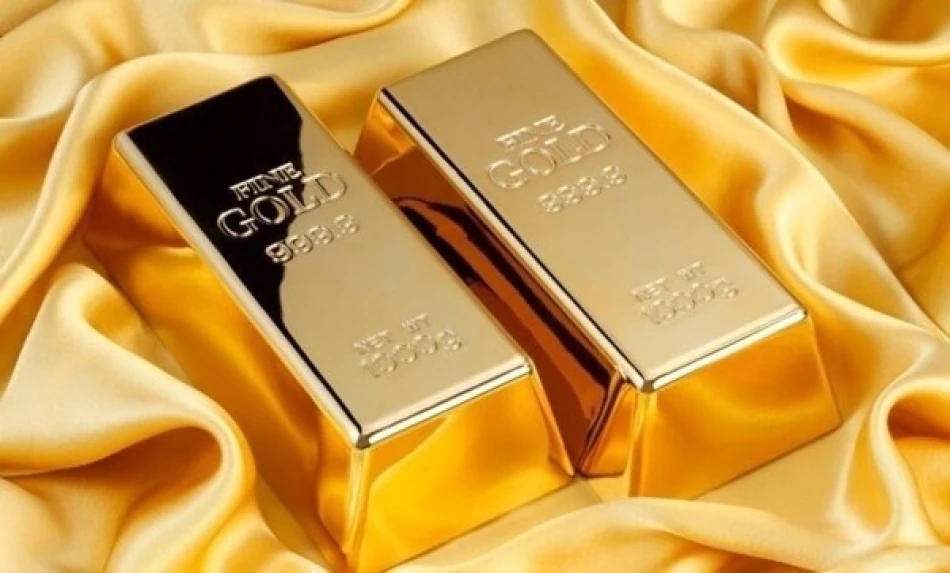
Gold Hits Historic High as Dollar Weakens: Investors Seek Safe-Haven Asset
Gold Hits All-Time High as Dollar Weakens Ahead of Fed Rate Decision
Gold prices soared to record levels on Tuesday as the U.S. dollar retreated ahead of this week's Federal Reserve meeting, with markets widely anticipating an interest rate cut. The precious metal's rally reflects growing investor confidence that the Fed will pivot toward monetary easing, making non-yielding assets like gold more attractive relative to dollar-denominated investments.
Record-Breaking Session for Gold Markets
Spot gold climbed 0.1% to $3,680.17 per ounce by 01:09 GMT, after touching an all-time high of $3,689.27 earlier in the session. December gold futures settled at $3,718.80, underscoring the metal's momentum across both physical and derivatives markets.
The breakthrough above previous resistance levels signals a fundamental shift in market sentiment, driven primarily by expectations of looser U.S. monetary policy. When interest rates fall, the opportunity cost of holding gold—which pays no dividend or interest—decreases significantly, making it more appealing to investors seeking portfolio diversification.
Dollar Weakness Fuels Precious Metals Rally
The dollar's decline ahead of the Fed meeting created a perfect storm for gold's ascent. A weaker greenback makes dollar-priced commodities cheaper for holders of other currencies, expanding the global buyer base. This dynamic has historically been one of gold's strongest tailwinds during periods of U.S. monetary accommodation.
Broader Precious Metals Performance
While gold stole the spotlight, other precious metals showed mixed results. Silver held steady at $42.71 per ounce, suggesting consolidation after recent gains. Platinum dipped 0.1% to $1,399.40, reflecting its dual role as both a precious metal and industrial commodity. Palladium bucked the trend with a 0.4% rise to $1,188.59, supported by ongoing supply constraints in the automotive sector.
Market Implications and Investment Strategy
This gold rally mirrors similar patterns seen during previous Fed easing cycles, particularly the 2008-2012 period when quantitative easing drove gold from around $800 to over $1,900 per ounce. However, today's market operates in a different context, with persistent inflation concerns and geopolitical tensions providing additional support for safe-haven assets.
For institutional investors, gold's current trajectory suggests a potential rebalancing of asset allocations. Central banks worldwide have been net buyers of gold for over a decade, and this trend appears likely to accelerate if the Fed begins cutting rates while other major economies maintain restrictive policies.
Looking Ahead: Fed Decision as Catalyst
The timing of gold's record high just before the Fed meeting is no coincidence. Markets are pricing in not just a single rate cut, but potentially the beginning of an extended easing cycle. If the Fed delivers on these expectations while signaling further cuts ahead, gold could extend its rally well beyond current levels.
The key risk for gold bulls lies in any hawkish surprises from the Fed or unexpected dollar strength. However, the current macroeconomic backdrop—featuring elevated government debt levels, persistent inflation pressures, and ongoing geopolitical uncertainties—continues to favor hard assets over traditional financial instruments.
 Layla Al Mansoori
Layla Al Mansoori







